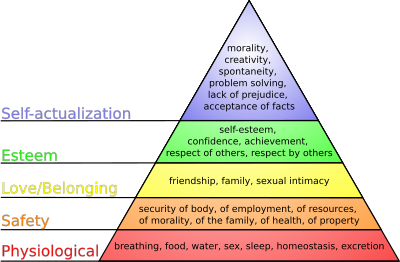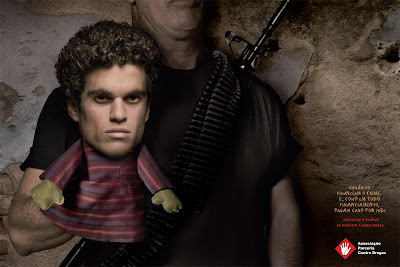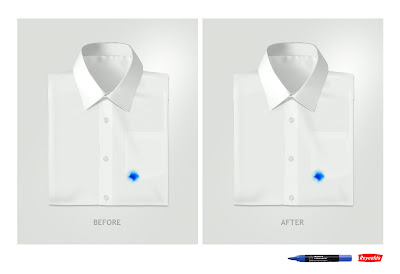The Mac vs. PC advertisement, while using head on positioning and comparative tactics is also an example of the self concept attachment. It helps establish the identity and image of the consumer. What it expresses is the representation of a trendy and young individual for the Apple computer.
Nostalgic attachment: Product serves as a link with a past self.

Some examples of real world nostalgic attachment are abundant. Mrs. Fields Cookies for example has been around forever and when people buy and eat them they are brought back to their childhood memories. For me, a nostalgic attachment I have with a product is Pepsi. I've been drinking Pepsi since birth and some may even argue that I was bottle fed with Pepsi but, nonetheless, Pepsi has been with me throughout my life from star wars collectible cans to having it whenever I go out to dine, I am reminded of all those good times each time I drink Pepsi.
Interdependence: Product is a part of the users daily routine.

Many things like toothpaste, toiletry and gel and hair products are part of daily routine. This is something that brand loyalty comes into play extensively because it is so frequent. I am interdependent on European hair sculpting product Tresemme for men and Head and shoulders as well as many other things.
Love: Product elicits emotional bonds of warmth, passion or other strong emotions

An example of this is Iams dog food. If you own a pet dog and you love it and care for it you will buy something that will provide longevity and health and when you do buy it, you believe you're buying it out of love.





























